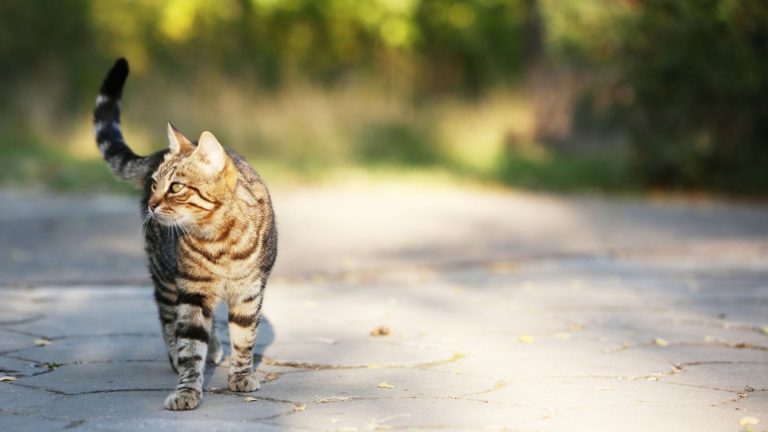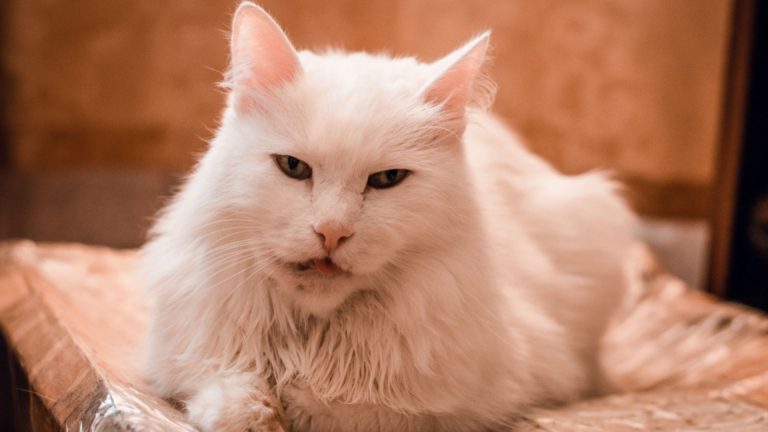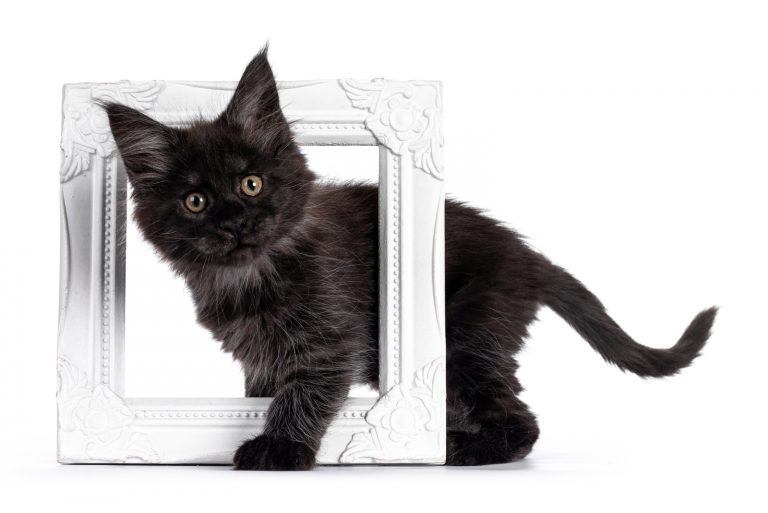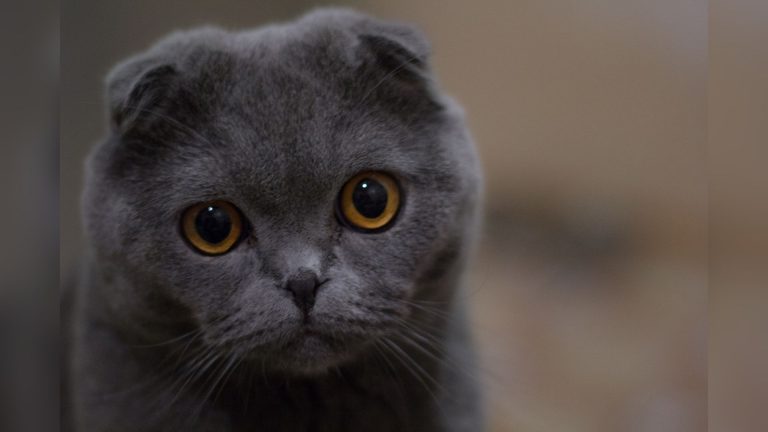Why Do Cats Trill? What Does Cat Trilling Mean? Best Answer
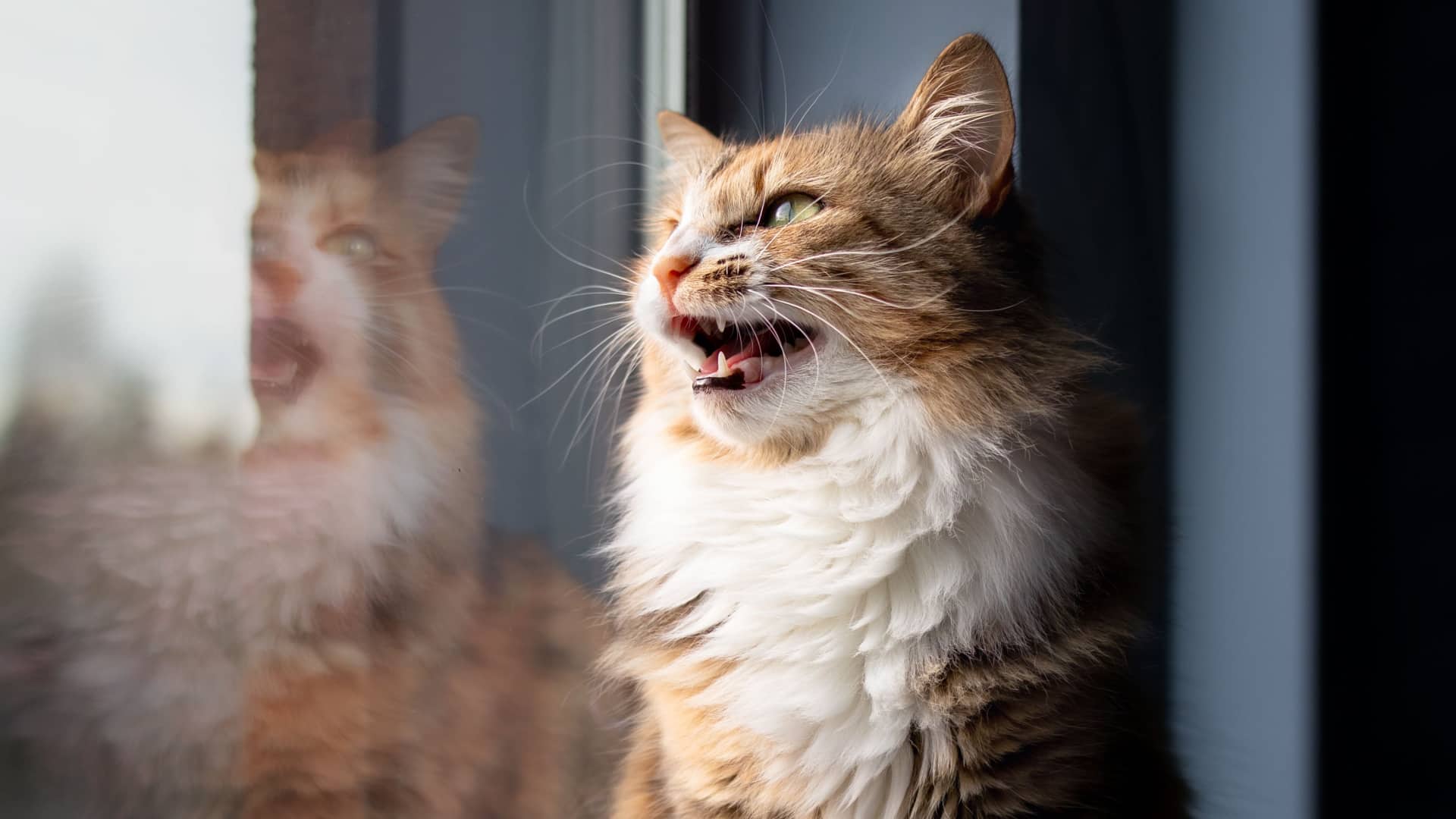
You’ve probably heard mama cats trill when they have kittens or your kitty producing some sound when it is carrying its favorite toy around, but it’s not exactly a purr or a meow.
Learning about cat health issues and benefits is crucial for every cat owner, so if your cat’s meows or purrs don’t mean anything to you, read on and learn!
Trilling is performed with the mouth closed. Instead of exhaling, cats push the air through their vocal cords. There are different sounds your cat can make, most of which are positive and affectionate.
However, sometimes our feline friends want to tell us that something’s wrong. That is why it’s highly important to learn about cat trilling, meowing, yowling, and all the other sounds.
Cat Trilling Explained!
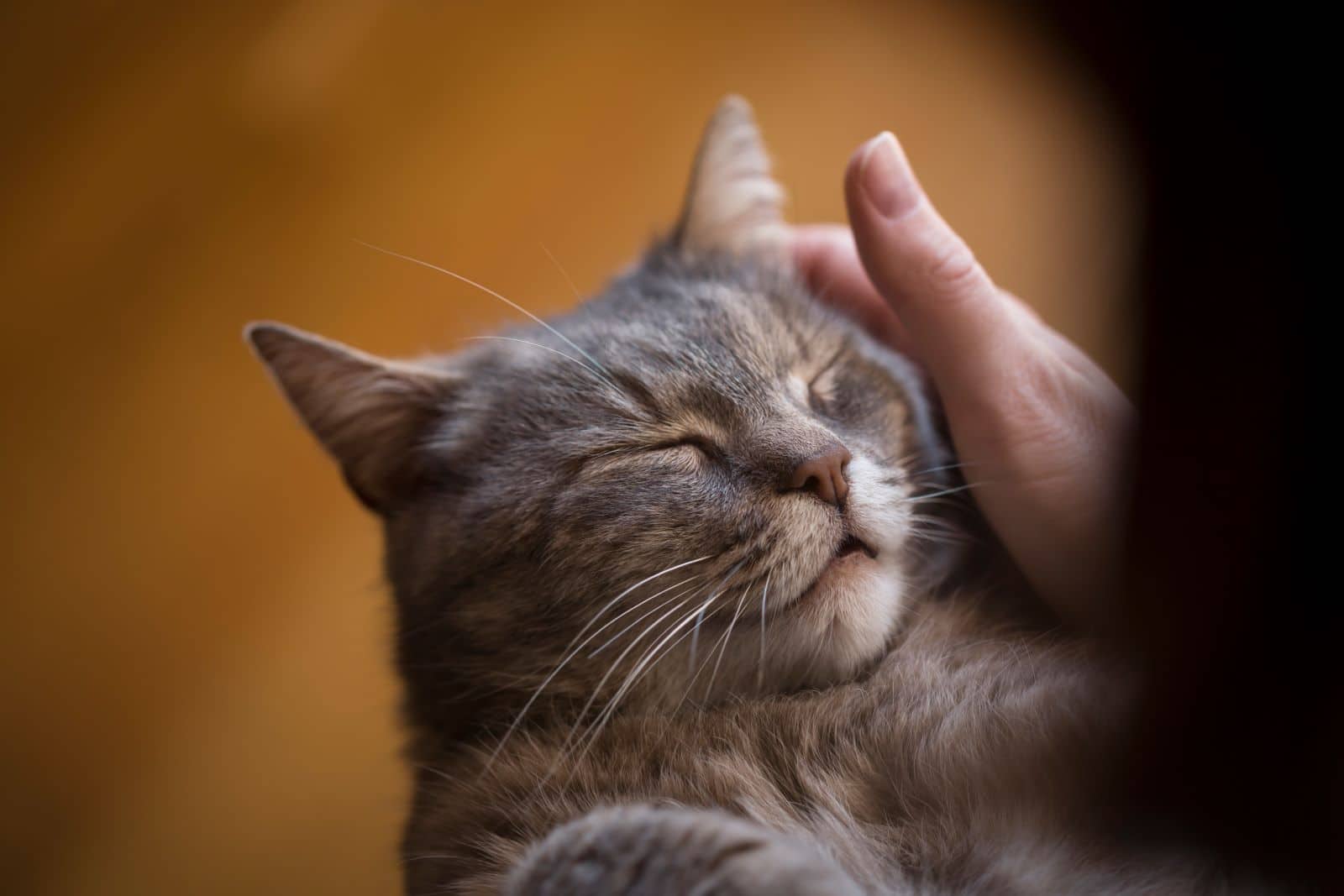
Trilling is a high-pitched chirping sound made by cats to greet humans or other cats. Cat trilling is a friendly sound that cats use to communicate. It is positive, and mother cats tend to use it so their kittens can follow them.
This trilling sound is very similar to a bird’s cooing. Cats frequently trill to call out to their owners, greet them or other felines, and most often to get the attention of their pet parents.
Cat trilling sounds are usually good, but as cats get older, these high-pitched sounds tend to get much louder and can be a bit disturbing. If you’re not sure what trilling sounds like, check out the video below before you read on.
How Do Cats Do It?
Cats generally produce a variety of sounds; they meow, purr, hiss, yowl, or chirp. However, what makes trilling the most special of all cat noises is that it’s done with a closed mouth. Cats push the air through the vocal cords rather than exhaling.
The trilling sound only lasts a few seconds, but cats may repeat it in short intervals. Cats often repeat the trilling sounds, especially when they’re happy, and they increase the frequency when they want to be noticed, as well.
Mother cats, other than providing guidance as I already mentioned, do it so their kittens can then imitate the trilling sounds to attract the mother’s attention.
These kittens carry the trill sounds into adulthood and incorporate them into their overall methods of communication.
Why Do Cats Trill?
The reasons for a cat trill are determined by the cat’s personality, but it’s most usually a good sign, indicating that your cat feels safe and relaxed and that it trusts you. Continue reading to learn more about the reasons behind cat trilling.
See also: Why Is My Cat Purring Loudly? TOP 10 Reasons
5 Reasons For Cat Trilling
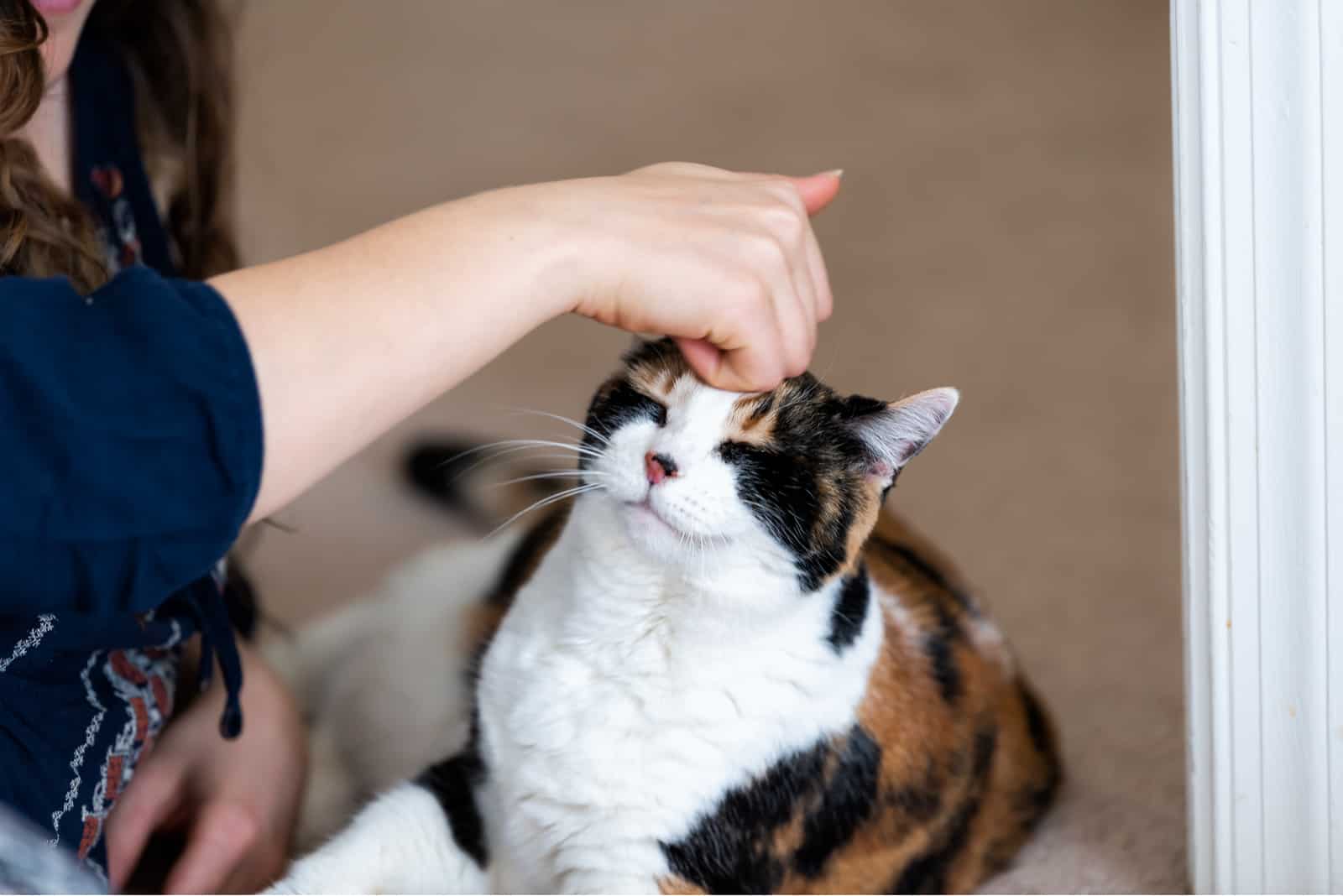
Trilling is definitely not the only sound you’ll hear your cats make. There will be an occasional chirrup or an everyday meow, especially if your cat is happy and content.
Some cats, however, might repeatedly meow, with an occasional trill, just to get your attention.
Purring is often used to indicate that your cat is feeling safe, relaxed, and happy. Now, sometimes your cat might be napping nearby, and you pet it and hear a trill due to the surprise of receiving some unexpected petting, and also as a form of greeting to you.
1. Cat Trilling As A Form Of Greeting
The most common reason for cats trilling is to greet you or other cats. Cats make sounds to greet people and other cats while also expressing happiness and affection.
Trills are common in cat interactions because cats only communicate with humans using meows. Other than trilling or meowing, the cat may try head-butting its owner or raising its back to motivate the owner to pet it.
If your cat associates trills with getting attention, she’s likely to grow louder and use trill noises more often.
In contrast, adult cats most often tend to greet their owners and other cats using trills, which are often used by adult cats as a sign of affection and happiness. It turns out that cats also use trills to indicate that they want to be petted.
2. “Hey, Follow Me”
For kittens, a trill means that they must obey the mother making the sound. As a result, your cat may do the same to you.
Some cats use trills as if it’s telling you to follow them; you’ll soon discover whether that’s because your cat wants to be fed or needs attention. In this case, you can spot the cat walking while making eye contact.
Trilling is, however, mainly used by female cats. This is because, with very young kittens, mothers often trill to encourage them to follow or to get their attention.
As a result, kittens learn this form of communication at a young age and have a tendency to imitate sounds, so they use trill vocalizations to greet other animals and people or to get their own attention.
3. May I Have Your Attention, Purrease
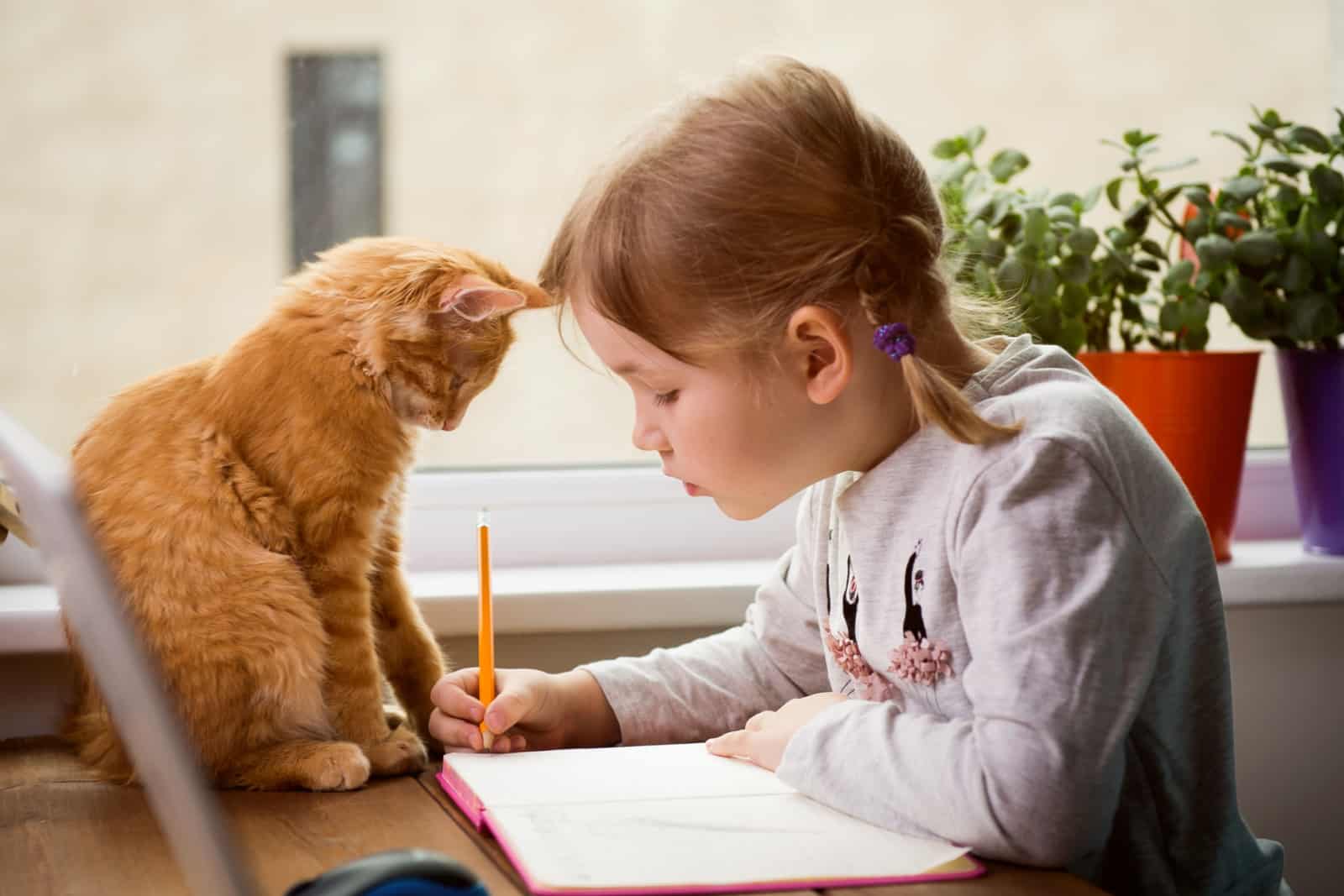
Affectionate cats love attention and will meow to get your attention. A trill is a soft, mellow sound that is not menacing.
Cats are intelligent animals, and they know that making soothing noises that appeal to our caring and nurturing human nature is the most effective way to get us to do what they want.
This is also why many scientists and researchers keep comparing cat meows to baby cries. Trills are not only a sign of affection, but they are also a way for cats to get your attention. You can pet them and invite them to cuddle with you.
If your cat walks away and keeps looking at you with excitement, it may be asking you to follow. Cats use trills to get your attention and show you something, most often an empty food bowl or a squirrel they’ve seen through the window.
On some occasions, this might be their “prey”; a fly or something. And if your indoor cat is allowed outside, sometimes it might bring home a mouse.
4. Surprise Me & You’ll Hear A Trill
If you pet a sleeping or napping cat and you hear a trill, you have given your kitty a little surprise and got a surprise trill in return.
Trills are the cat’s friendly sounds. Your cat will also do it to respond to your affection as a way of greeting. This shows that your cat is comfortable with you and doesn’t mind if you wake it up.
5. As Simple As Communication
A trilling sound usually indicates positive emotions and happy forms of communication. Cats use trilling to communicate with other cats and with you.
You can even spend a few minutes talking and taking turns exchanging trills, if you’re open to mimic and converse with your furry friend.
You might also be interested in: Why Do Cats Stare At Us And Purr? 8 Kitty Reasons
All Cats Meow, But Do They All Trill?
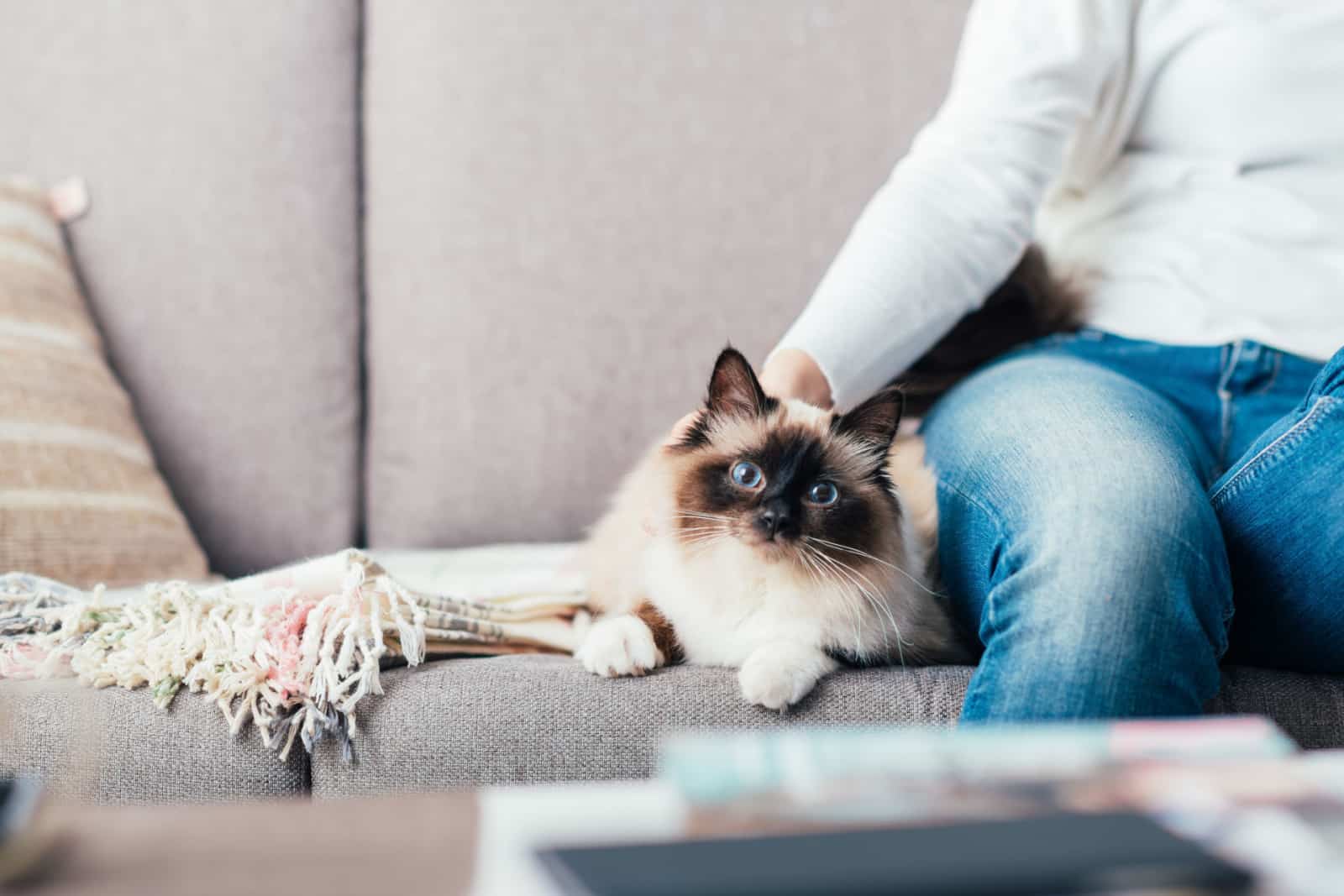
Outgoing and sociable cats are more likely to trill, but not all cats do this. It all depends on the cat’s personality. Cats that are naturally shy or aggressive do not usually trill.
A nervous cat that doesn’t like being around people may not show a propensity to trill. It’s not unnatural for a cat not to trill.
Cats that were abandoned at birth or raised without a mother will also meow less. A cat is unlikely to have learned to trill without a mother cat to teach them the tone. This is more likely in single-cat households.
However, cats that live in a house with other cats may pick up on other animals trilling if they tend to trill, hiss, and fuss. Mother cats exhibit this trait more often than cats who are unhappy about the arrival of new cats in the home.
Why Some Cats Don’t Trill
No, not all cats will trill. The trilling sound also reflects a cat’s personality. Cats with more active and social personalities are more prone to trills.
On the other hand, if your cat is very shy, you may find that it is less likely to trill because she has difficulty expressing her feelings. Cat trilling is a form of communication shared by all cats, and some cats might trill more than others.
Although there are no cat breeds that are known to trill more regularly than others, some people believe that because Maine Coon, Scottish Fold, or Siamese cats tend to be more vocal, they will produce more trilling sounds.
Why Some Cats Trill All The Time
A meowing cat is nothing to worry about. Some cats are more extroverted than others! Trilling is a common, natural, and healthy method of communication for cats.
If your cat is female and intact (not spayed), her hormones will cause her to trill and meow a lot, looking for a mate. Rarely, a previously spayed female cat might trill as frequently as it used to, just because she might still feel the urge to mate.
For other symptoms similar to those that your female cat used to express when she was in heat, consult your veterinarian. They generally produce more vocalizations, and their body language is different as well.
They have their tails up, the front part of their bodies down, the rear body up posture, and the rear legs moving slightly. These cats have something called ovarian remnants.
In rare cases, a surgeon mistakenly leaves a very small portion of an ovary (a female hormone-producing organ) that produces the hormones that lead to the cat’s estrous cycle.
Even though the cat has no uterus and therefore is unable to go into heat, she might still get the urge.
Check out: Why Does My Cat Nibble Me? Why Do We Say Love Bites?
Is Trilling Bad Or Good?
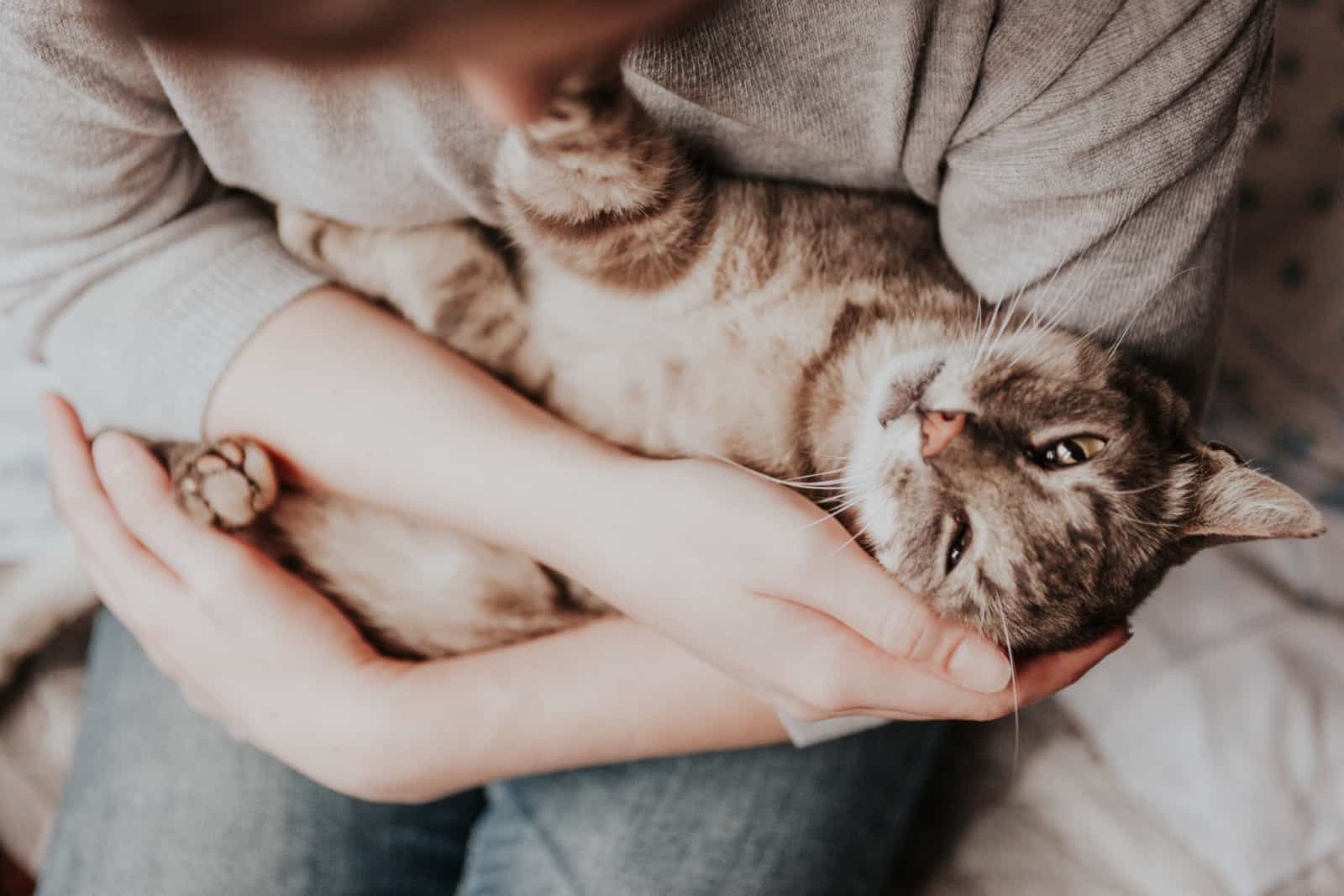
If your cat trills at you, she’s probably happy to have you by her side. Trills are a sign of affection, and your cat will greet you in a special way. Chirping isn’t very common, so if you happen to hear your cat make this sound, consider it a compliment.
What if your cat trills a lot? That’s even better because it could mean your cat likes to be near you and is expressing its affection for you. In most cases, trilling indicates that your cat is comfortable and happy in your company.
So, Is It Always Good?
Other sounds, such as deep meowing or hissing, are signs that something is wrong. However, as cats get older, their bonds with their owners grow stronger, and they may need additional care, especially if their senses begin to deteriorate.
It is perfectly normal if your cat gets needy at this age, but it is always a good idea to pay attention to all changes, especially excessive or frequent vocalizations. An underlying problem, such as pain, injury, or illness, may be to blame.
Overall, you should consider your cat’s trilling to be a good thing since it generally means your cat is content and at ease in your company.
However, if you have an old cat or your cat is nearing old age, you should keep an ear out for those trills because their trilling could be a sign of something severe.
Also, excessive meowing is rarely a sign of something wrong, but it is important to determine why your cat is meowing excessively and whether treatment is needed.
You might want to check out: Why Is My Cat Meowing So Much? Causes & Ways To Stop It
Trilling While In Heat
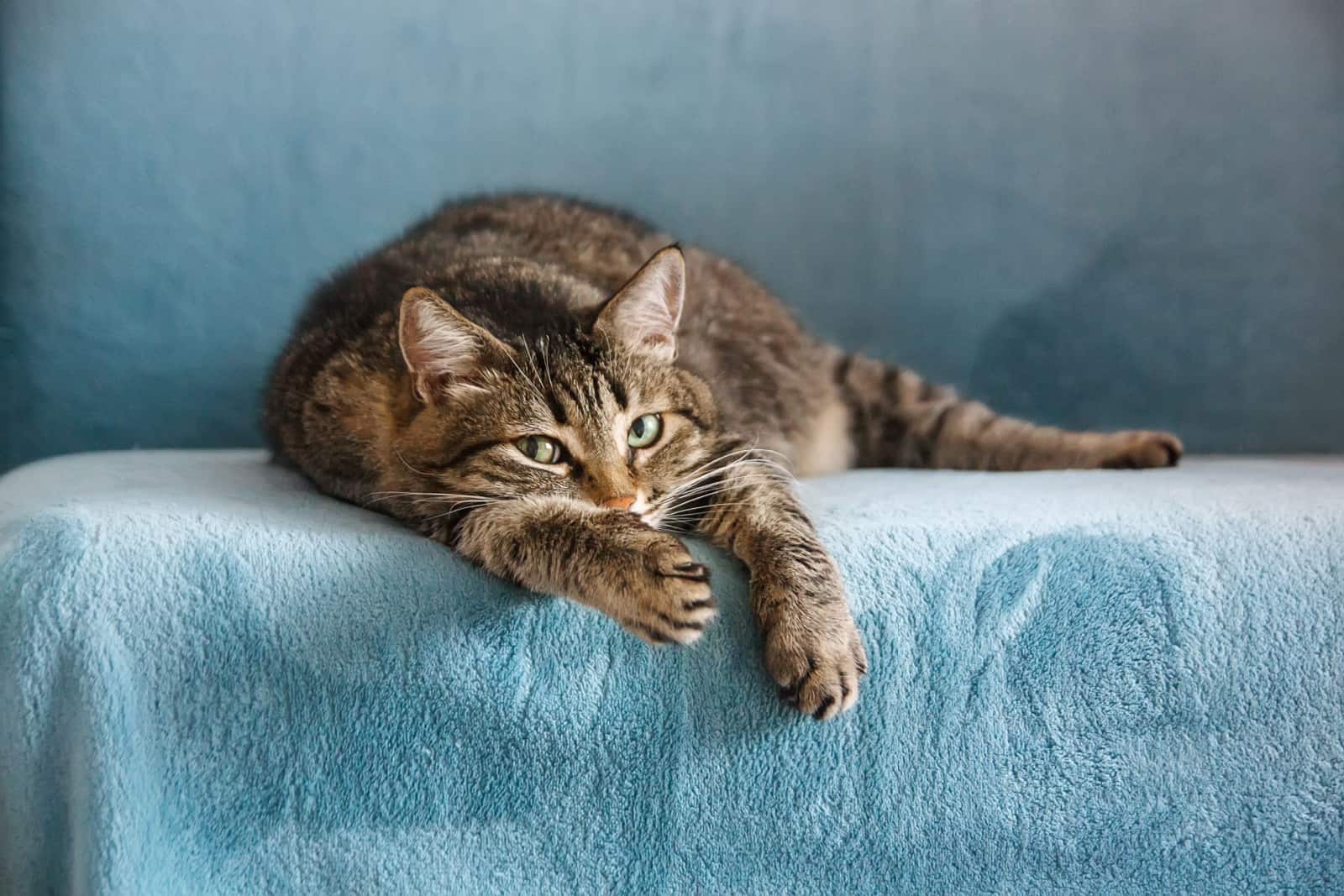
Breeding cats that are not spayed go into heat several times a year. The female cat’s heat cycle lasts between one and ten days. During this time, cats ovulate.
Cats in heat exhibit a variety of noticeable behaviors and become obsessed with obtaining affection from their owners. Cats in heat will occasionally meow during mating. She emits a series of trills or trill meows to attract male mates.
Unfortunately, as the cats become desperate for attention, those cute trills turn into unpleasant yowls. Unneutered male cats are also frequently triggered by the smell of female cats in heat.
They then concentrate on finding a suitable queen, attracting the female with a soft trill and a sequence of calls. Because cats are most active at night, unneutered tom cat meows are most likely to occur at night.
During this time, male cats in heat are more likely to meet female cats, and if you have an indoor cat, expect some awkward late-night sounds.
Cat Trills To Kittens
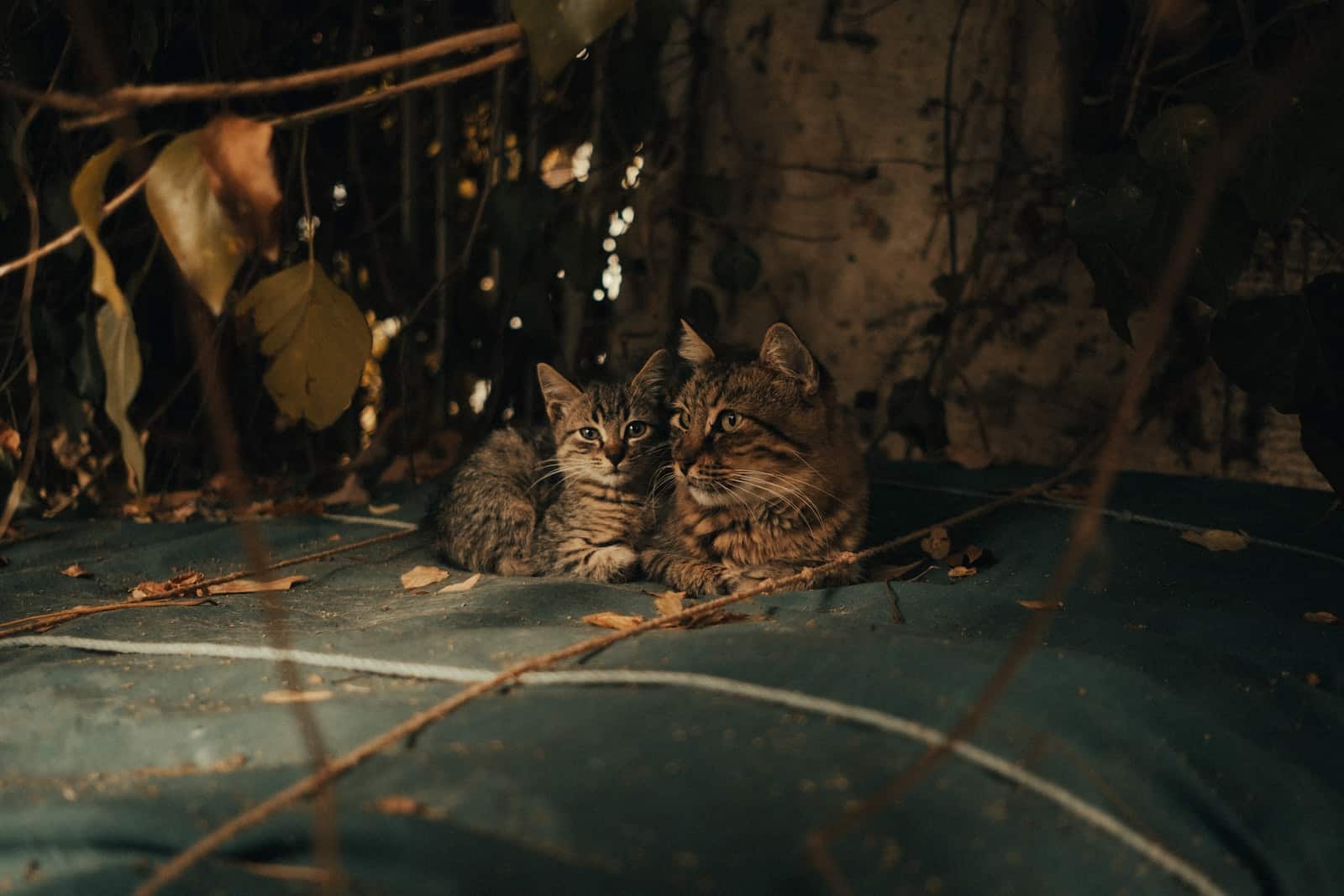
If you hear a mother cat trilling to her kittens, she is calling them, and they know how to respond, plus they eventually learn to make the sound on their own.
They then carry it around with them until adulthood, when they use sound as part of a broader method of communication with humans and other cats.
Cats communicate with high-pitched, indistinct sounds, whereas kittens can hear and respond to trilling.
Or, if you brought a new kitten into your home that has nothing to do with an older cat, your cat will trill when friendly to the newly joined cat. Your cat may use friendly trill sounds to greet you as well.
This sound should not surprise you because it is how two cats bond. Leave the cats to it, but act immediately if the sound becomes unexpectedly low and anxious. In other words, there is trouble.
You might want to read: Why Does My Cat Lick My Face? 9 Possible Reasons
Vocalization Categories
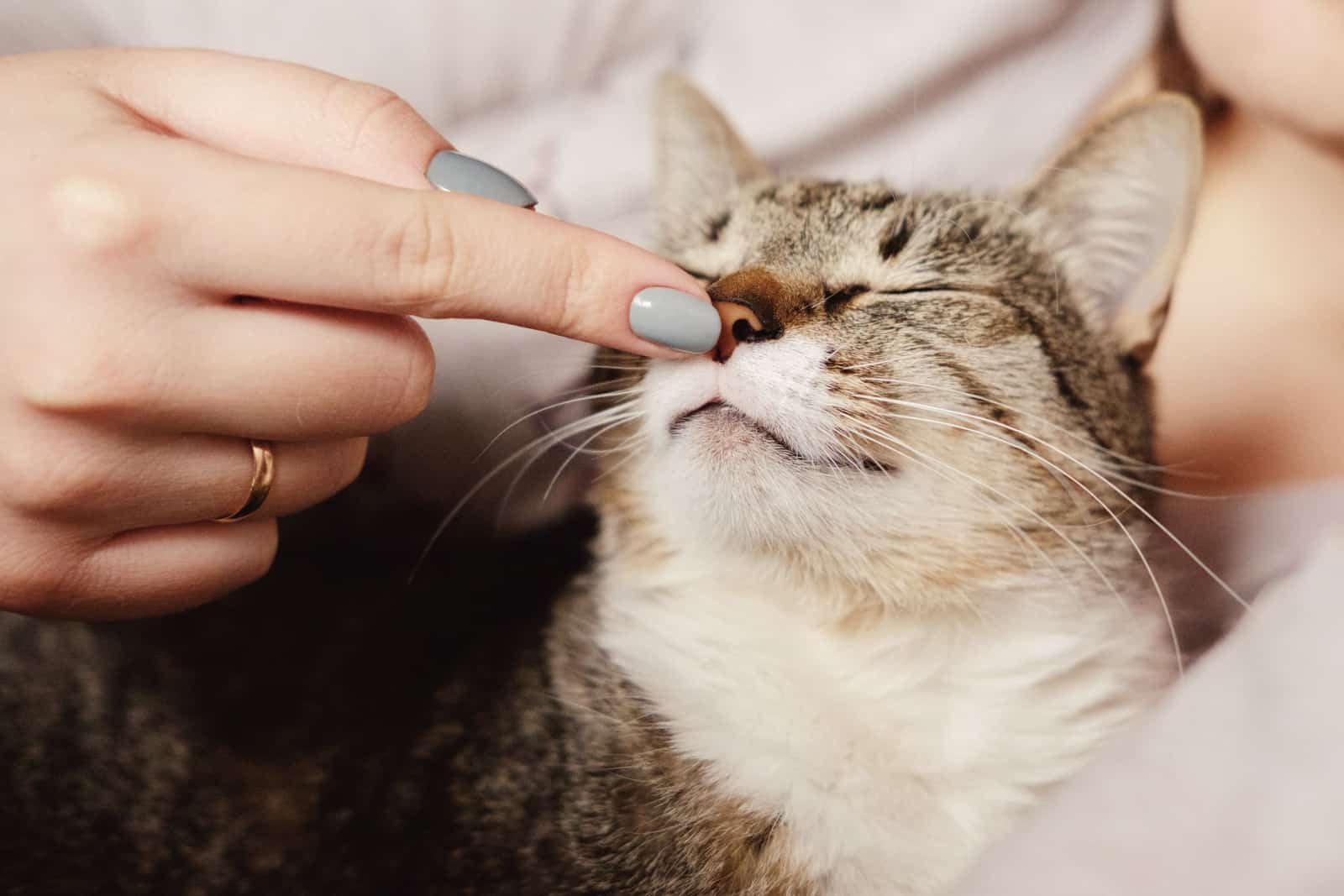
Trill sounds are very distinct and different from the recognizable cat meows, yowls, and purrs. To better understand the differences, it helps to understand the cat’s three vocalization categories.
Cat’s Mouth Is Closed
These vocalizations are trills or purrs, and they occur with the mouth closed. Purring is a consistent sound, like a vibration.
Depending on the cat, it can be in different pitches. Purring has been associated with both positive things, like comforting people, and negative things, like pain i.e. cats comforting themselves due to pain.
It is believed that purring is a way for cats to solicit grooming, but it is more commonly associated with something more positive. Unlike purring, which is a continuous sound, trills are short and characterized by a repetitive high-pitched sound.
Open Mouth To Closed Mouth
This categorization applies to meows. A cat’s mouth is open for meowing, but closing it stops the sound. Meows sound almost exactly like the word as we pronounce it, and they can be short and cute or long and demanding.
Every cat can make many different meows, each with its own meaning. Pet owners can come to know some of their cats’ unique meows. This category also includes female and male mating calls.
Cat’s Mouth Is Open
When your cat’s mouth is open, and it is making a noise, those are all fearful or aggressive vocalizations. Hissing, growling, howling, grunting, and yowling with the mouth open. A hiss is a constant, muffled sound that is usually very short.
A growl is typically a low, constant sound of variable length. Yowling is a dramatic and strong vocalization that sounds like a loud meow and purr combination.
Cat Behavior: Purring Vs. Trilling
Trills and purrs fall into the same category. Both are closed-mouthed utterances and are primarily used as greetings. Cats make noise to get their owners’ attention, permission, and love. Trills, as opposed to purring, are softer and louder sounds.
Purring is mostly positive, but it can also indicate illness, sadness, injury, or hunger. Purring is a difficult sound to grasp because it conceals so much emotion. It is also difficult to tell whether a purring sound is a happy or sad sound.
A trilling sound is deeper and is produced by the movement of the glottis, whereas purrs come from the cat’s larynx and diaphragm.
Check out: Do Cats Understand Kisses? Does Your Cat Know You Love Them?
Final Thoughts On Cat Trilling

Cats express their needs and their emotions in many ways. Trilling is just another form of communication cats have, usually one that is positive.
Not only is cat trilling adorable, but it’s also almost always interpreted as a sign of friendship, happiness, and joy!
The trilling sound lasts only a few seconds, but cats may repeat it a few times. Cats mostly make trilling sounds when they are happy, and they even increase the frequency when they want to get your attention.
Cat sounds can be confusing, but cat trilling makes everything simple; it’s just your cat’s way of informing the world that he or she is feeling good!

